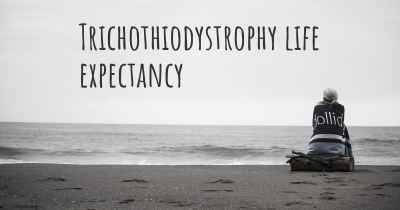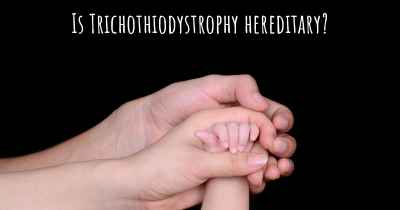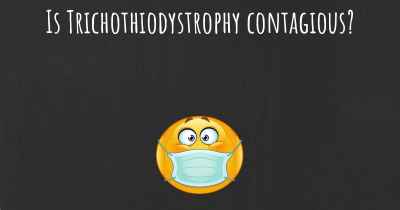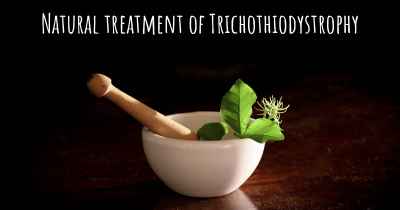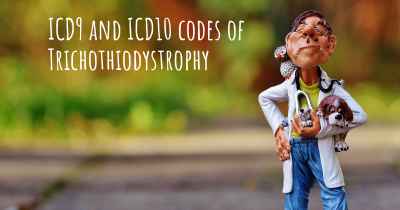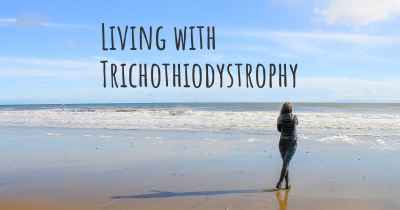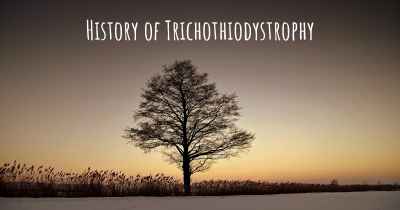Trichothiodystrophy diet. Is there a diet which improves the quality of life of people with Trichothiodystrophy?
Are you aware of a diet that can improve the quality of life of people with Trichothiodystrophy? Is there a diet that is suggested to avoid when having Trichothiodystrophy? See if there is a diet that can improve the quality of life of people with Trichothiodystrophy, recommended and to avoid food when having Trichothiodystrophy
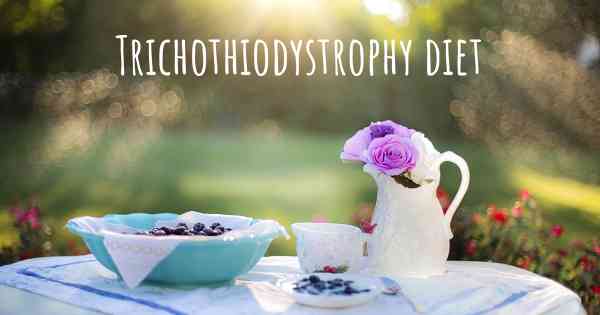
Trichothiodystrophy Diet: Improving Quality of Life
Trichothiodystrophy (TTD) is a rare genetic disorder characterized by brittle hair, intellectual disabilities, and various physical abnormalities. While there is no specific diet that can cure or treat TTD, a well-balanced and nutritious diet can help improve the overall quality of life for individuals with this condition.
The Importance of a Nutritious Diet
A healthy diet plays a crucial role in supporting overall health and well-being, regardless of any specific medical condition. For individuals with TTD, a nutritious diet can help address some of the common symptoms and complications associated with the disorder.
Key Nutritional Considerations
While there is no one-size-fits-all diet for individuals with TTD, certain nutritional considerations can be beneficial:
- Protein: Including adequate amounts of protein in the diet is important for hair growth and repair. Good sources of protein include lean meats, poultry, fish, eggs, dairy products, legumes, and nuts.
- Omega-3 Fatty Acids: These essential fats have anti-inflammatory properties and can support overall skin and hair health. Foods rich in omega-3 fatty acids include fatty fish (such as salmon and mackerel), flaxseeds, chia seeds, and walnuts.
- Vitamins and Minerals: Consuming a variety of fruits, vegetables, whole grains, and nuts can provide essential vitamins and minerals necessary for overall health. Some key nutrients include vitamin A, vitamin C, vitamin E, zinc, and selenium.
- Hydration: Staying adequately hydrated is important for maintaining healthy skin and hair. Drinking sufficient water throughout the day is essential.
Individualized Approach
Since TTD can vary in severity and symptoms among individuals, it is crucial to consult with a healthcare professional or a registered dietitian to develop an individualized diet plan. They can assess specific nutritional needs, consider any additional medical conditions, and provide personalized recommendations.
Supplementation
In some cases, individuals with TTD may require specific supplements to address nutritional deficiencies. This should be determined by a healthcare professional based on individual needs and regular monitoring.
Other Considerations
While diet plays an important role in managing TTD, it is essential to consider other aspects of care as well:
- Skincare: Individuals with TTD often have sensitive skin. Using gentle skincare products and moisturizers can help maintain skin health.
- Sun Protection: TTD can make the skin more susceptible to sun damage. Applying sunscreen and wearing protective clothing can help minimize the risk of sunburn.
- Regular Medical Care: Routine medical check-ups and monitoring are essential for managing TTD. Regular visits to healthcare professionals can help address any emerging issues promptly.
- Emotional Support: Living with a rare genetic disorder can be challenging. Seeking emotional support from support groups, therapists, or counselors can help individuals and their families cope with the emotional aspects of TTD.
Conclusion
While there is no specific diet that can cure or treat Trichothiodystrophy, a well-balanced and nutritious diet can contribute to improving the overall quality of life for individuals with this condition. Consulting with healthcare professionals and registered dietitians is crucial to develop an individualized diet plan that meets specific nutritional needs. Additionally, considering other aspects of care such as skincare, sun protection, regular medical check-ups, and emotional support can further enhance the well-being of individuals with TTD.
